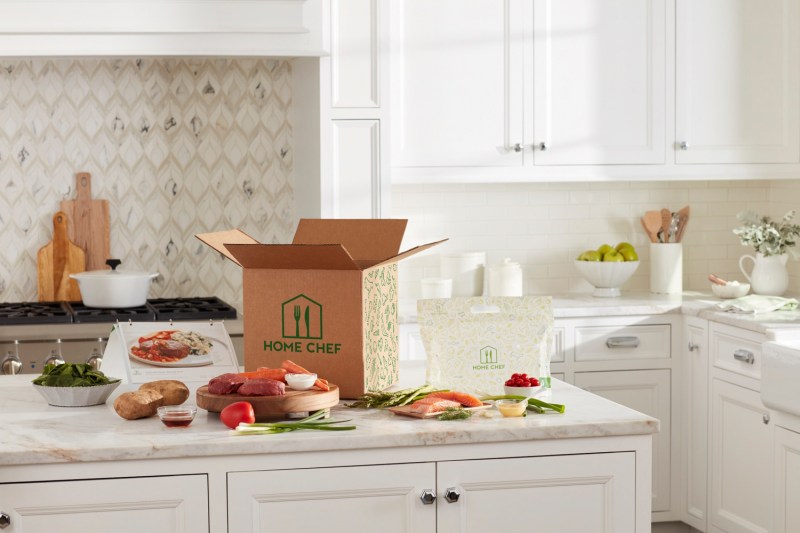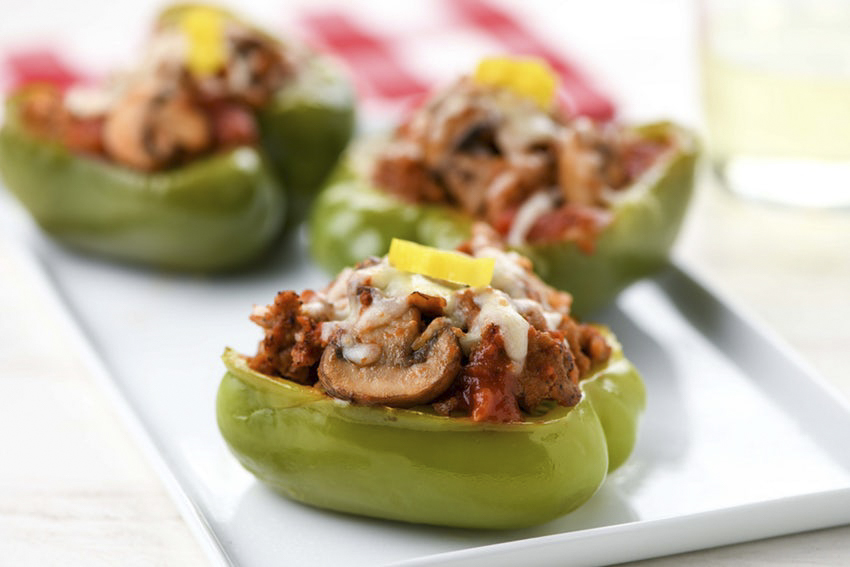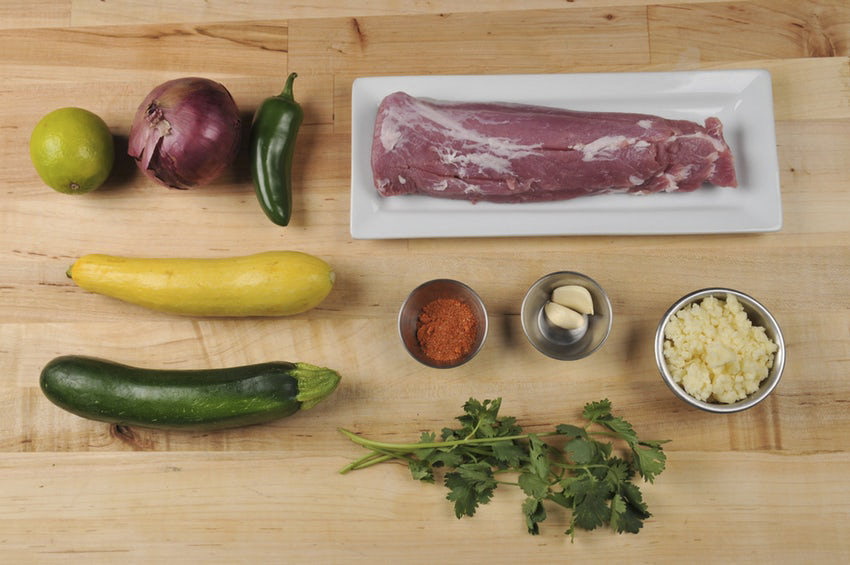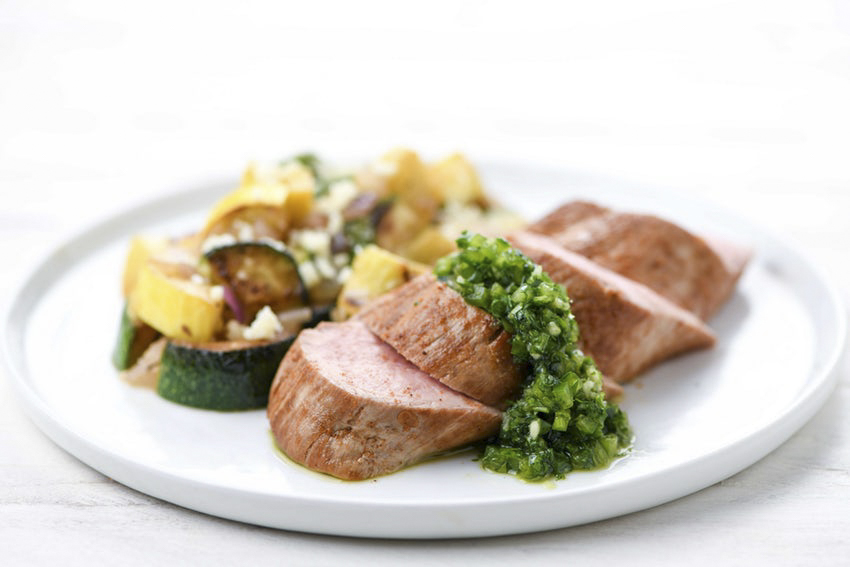When it comes to meal delivery kits, there are plenty to choose from. We wanted to see how different kits compare to each other, so we started with HomeChef. Launched in 2013, HomeChef curates chef-created recipes that cater to all kinds of palates, whether you’re a meat-lover who likes difficult-to-prepare meals or a vegetarian who can’t eat dairy and wants to keep things simple.
Below, you’ll find everything you need to know about HomeChef, from price to how the meals taste and more.

HomeChef Basics
Price: Around $60 per box for three meals of two servings each. Each meal averages about $10 per serving and you can order up to six servings per meal. You also have the option to add a smoothie ($5), a fruit basket ($5), or a premium meal ($20 per serving) to each order.
Shipping: Free for orders over $40.
Frequency: Weekly (with the ability to order as few as two and as many as eight meals per week), though you can amend the schedule, skip weeks, or pause your membership on the Delivery Center page.
Number of available meals: 18 weekly options to choose from.
Freebies and bonuses: You’ll receive three free boxes to share for every five orders you place. You can also earn $30 credit (the price of half of a box) by sending the same amount to three people. If you are a student (and can verify it), you will also receive 50 percent off your first order.
Fun fact: HomeChef also features a Kitchenware section on their site, offering up selections for necessary kitchen goods, from pants to meat thermometers and more. If you’ve never cooked a meal before, this could be a good place to see what you might need (outside of actual ingredients).
- 1. Sausage- and mushroom-stuffed peppers.
- 2. Chimichurri pork tenderloin with zucchini and yellow squash. kit.
- 3. Chimichurri pork tenderloin with zucchini and yellow squash.
- 4. Spinach-artichoke chicken with broccoli and radishes.
HomeChef Review
First, you develop a taste profile that will aid in meal selection. Aside from the usual elements such as meat, poultry, fish, or vegetarian, you can also select options that include calorie-conscious meals, bone-in meat, advanced recipes, spiciness, and more. You can change your preferences at any time, but it was useful to start with this so you can see the best options for your palate.
We decided that we were okay with most things, though we did also add the calorie-conscious factor into our profile. For our delivery, we received chimichurri pork tenderloin with zucchini and yellow squash, spinach-artichoke chicken with broccoli and radishes, and sausage- and mushroom-stuffed peppers. You’re able to click on each recipe to see the ingredients and steps before you order, all of which is repeated on card stock recipe sheets that come with each delivery. Your initial order also comes with a binder in which you can keep the recipes for reference. Once you’ve completed the recipe and rated it online, it goes into your online cookbook, where you’re able to sort by cook time, spice level, carbs, calories, and difficulty. On the online recipe, you also get to see the chef who created the recipe, which is a nice touch.
Upon delivery, the ingredients are separated by meals, with all of the meats in a separate bag. This easy identification may seem simple, but it eliminates the need for having to look through numerous small bottles or bags for the right herb later in the week. The packaging is recyclable, aiding in easy cleanup of the packing material.
The recipes each took about 35 minutes to complete and were not all that complicated. As we mentioned earlier, you can request advanced
All in all, the meals get an eight out of 10. For a half hour of work, the meals are simple yet flavorful.
As far as taste goes, the pork tenderloin was the tastiest due to the mix of savory (seasoned pork) and fresh (chimichurri), with the chicken coming in second place (the cheese sauce was a little too overindulgent), and the stuffed peppers at third (it felt like it was missing something, such as another layer of spice flavor).
All in all, the meals get an eight out of 10. For a half hour of work, the meals are simple yet flavorful and the ingredients — depending on your own palate — can vary widely from meal to meal, week to week. The price point isn’t too high or low, and the website is easy to navigate, making it easy to suspend or cancel one’s account when the time comes.
Overall, the best part of HomeChef comes down to the variety of meal choices. With so many to choose from week after week, it makes it hard to repeat, if you’re not looking to repeat meals. Along the way, you also will build up a heck of a recipe index, both online and on paper.
To order your own HomeChef box, click here.








